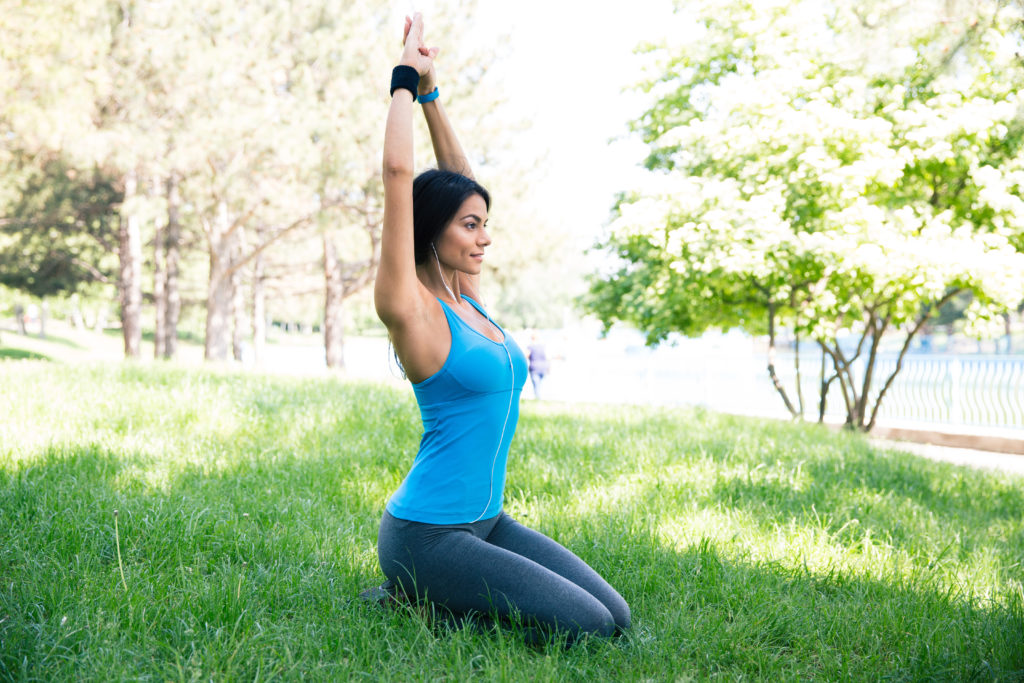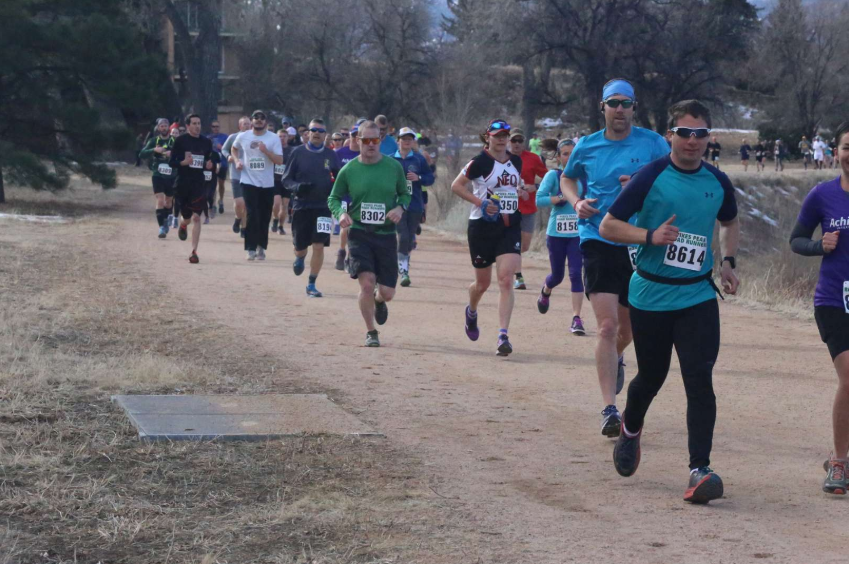Sarah Asks: Should I have rest days in my schedule? How do my age, fitness level and/or goals affect the amount of appropriate rest?
Coach Nicole Answers:
Thanks for your question, Sarah!
The very simple answer to your first question is yes, you should have rest days in your schedule. In order for your body to adapt to a training load, you have to get appropriate rest to get stronger. Now where it gets complicated is how many rest days and what do they look like…
We’ll start with frequency of rest days, and this will address the fitness level part of your question. The newer you are to endurance training, the more rest days you’ll need. You’re still teaching your body what is expected of it.
You need to do enough to start getting into the habit of training, but not so much you break down and throw your running shoes into the trash can after two weeks. For example, if you are coming off the couch, then start with three days of activity a week for a few weeks, then as you notice you are adapting and become more motivated and more fit, you can add in another day.

On the opposite end of the spectrum, we have the experienced endurance athlete that has been training for years. They, too, need rest days, but their normal rest day might actually contain a workout or two of very easy intensity. (And when I say very easy, I mean very easy!) They might only have an occasional complete day off of training. We all also know that sometimes life throws us an unplanned day off!
Other things to consider when thinking about how many rest days to incorporate is what your daily schedule looks like. In order to see improvements, we need to give our bodies appropriate rest, and that isn’t just training rest, it’s life stress rest as well. So if you tend to not get 7-8 hours of sleep a night, or are running around on your feet all day, you might add in an extra rest day to make sure you get extra sleep and take care of the non-training stressors.
Now I’ll get a little more specific on the second part of your question. Age and goals.
As we get older, as frustrating to some as it might be, we simply don’t recover as fast. We produce fewer of the hormones that aid in recovery and repair so we just need more time. Each athlete will be slightly different here depending on their history and individual physiology, but every athlete needs to pay attention to how they are feeling, and take have that extra very easy day or extra day off, especially after more intense workouts, if they feel they need it. (There are a lot of ways to monitor recovery to see when this might be needed, but that’ll be another post!)
Rest/recovery day incorporation can also depend on your overall goals. If you are trying to eek out every last bit of fitness because you’re wanting to win your age group and your results show you’re close, you’ll probably have a more comprehensive training regime than someone who is just doing an event for fun and just wants to cross the finish line without collapsing. Both still have recovery and rest days as a critical part of the plan, as the end goal for both is getting to the starting line in as best form as possible, but there will likely be more days spent training for the one wanting to with the age group. In short, your training plan should be set up in accordance to your fitness/performance goals, and proper recovery is a critical part of that plan.
The take-home point for recovery and rest days, regardless of fitness level, age, or goals, is listening to your body. It’s OK to take an extra rest day here and there when you need it. If your body is screaming for more sleep, you’re not doing it any favors by going for that tempo run that’s on your schedule. Sleep in, eat well, and pick up your schedule the next day.
This just touches on the surface of recovery, but it is important for all athletes of all levels.
If you have a question for Coach Nicole, just fill out this simple form!








